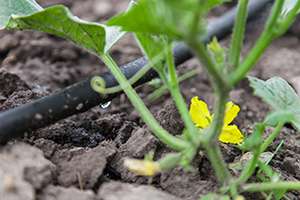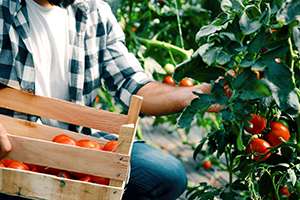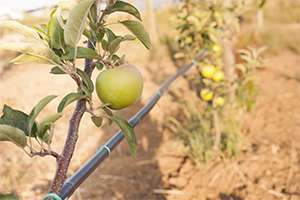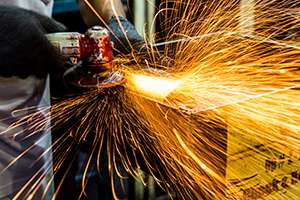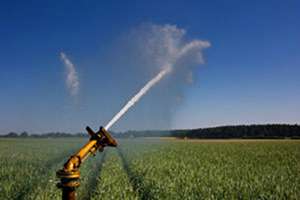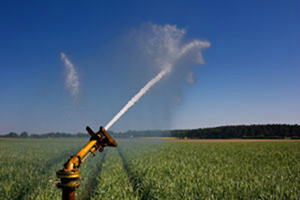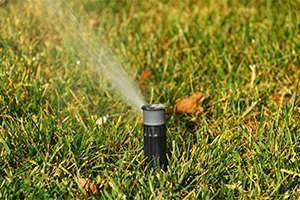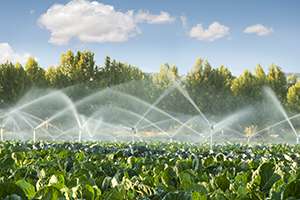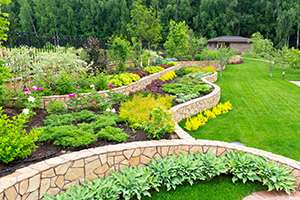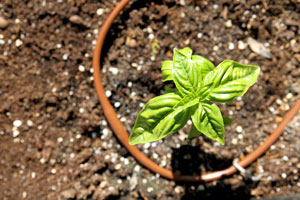
Farmers and growers often have preferences about the best way to water their crops. Whether you have a large area to irrigate or are planning a system for a smaller patch of land, knowing the difference between drip and overhead irrigation will allow you to make the best selection for your needs.
Enhancements in sprinklers and water lines have made newer systems incredibly water efficient compared to older practices. When measuring efficiency, we must consider more than the amount of water used.
Advantages of Drip Irrigation
- Slower distribution of water prevents excessive runoff and possible soil erosion.
- Offers much better water efficiency than sprinklers
- Waters only those plants or crops alongside the lines, not weeds and unwanted plants that may be on the grounds
- Avoids potential water waste that may occur with sprinkler systems due to evaporation and winds
- Excellent for chemigation and fetigation of crops
Advantages of Overhead Irrigation
- Ability to cover a larger area as sprinklers imitate rainfall
- Excellent for frost protection if designed properly
- Requires less filtration unlike the frequent flushes necessary to keep drip systems from experiencing plugged lines
- Generally has lower maintenance costs and a longer lifespan of use
With four locations in South Carolina, W.P. Law supplies fluid handling systems that will meet your needs. Contact us today so we can assist you.



